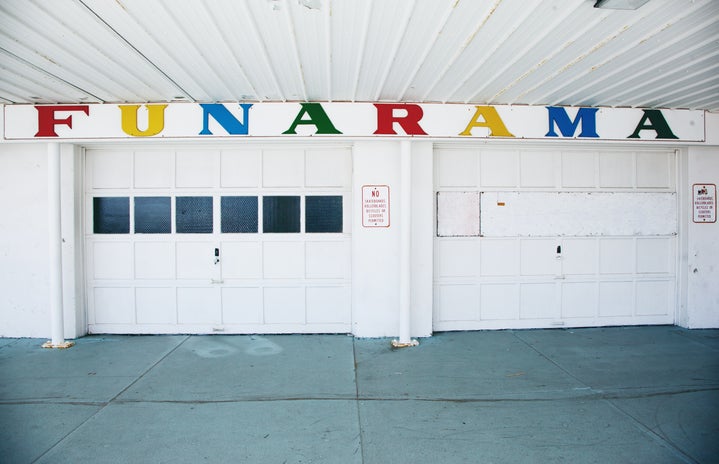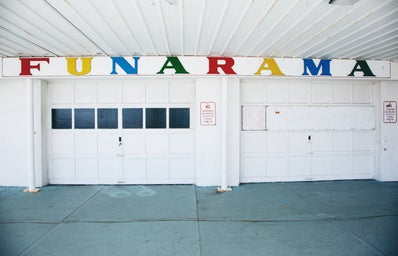There are many kinds of ways of viewing and shooting a movie and/or TV show. Some can see a scene as emotionally gripping and eye catching, while some others can view the same scene as unneeded and pandering to a specific demographic. When people use the term “pandering to a specific audience,” they might be thinking about the film theory known as a film “gaze.” Gazing is used to shoot a scene through a specific kind of lens that a gender or genre-focused audience member is most entranced by. Some examples of this theory in film can mostly be seen through one type of film gaze known as “the male gaze,” in which most action, suspense or male character driven stories have moments with a female character that is either sexualized, emotional support, both or undermined. The film gaze doesn’t only just specialize in its depiction of gender, but also speaks to the fantasy of feeling the action of a scene or the overly emotional pandering moment that can usually get a specific viewer excited.
The male gaze has been heavily argued for and against as a means of how to properly give a good film experience through its visual style and composition of the screenplay. As time has gone by, the male gaze has been mostly criticized in this new wave of feminism and we’ve seen the results of wanting to show a new kind of character that women can look to as inspiring and exciting. The “female gaze” has yet to be claimed as an official theory, but certainly has been making the rounds in terms of discussing female orientated fare in the past few years. The female gaze is also something not just discovered either, as many consider romance and “chick flick” fare to be prime examples of female gazing movies. While those people aren’t wrong in that regard, the theory of the female gaze has been both seen as a smart and sophisticated standard for entertainment, and also widely ridiculed for it’s softer and feminine approach.
One of the newest discussions in terms of how the female gaze is presented is with the upcoming movie Birds of Prey. The film focuses heavily on a female oriented cast with very few male characters in the forefront in terms of advertising and possibly in the final product. So far the Birds of Prey film is highlighting its main star and former male gaze icon Harley Quinn as a positive and empowering feminist-friendly icon with light shades of color and aethestics for her costumes. Her persona is more hero-like than anti-herolike from her last big screen apperance in Suicide Squad. The other characters in the movie—such as Black Canary, Huntress and Cassandra Cain—are presented in a more “lighter” fashion, while still being dressed in realistic and “female friendly” attire that women can either appreciate or ideally cosplay as accessibly. The plot of the film follows as our main star Harley Quinn leaves her ex-boyfriend, the Joker, to become her own person, while still being the “zany” Harley we all know and love. Harley is then thrown into a diamond theft scheme with Cassandra Cain, and it’s up to her and the new Birds of Prey to protect Cassandra from the villainous Black Mask.
The female gaze theory is used significantly throughout this movie’s advertisement as posters for the film, on set photos and the trailer have given the impression of a fun romp that features different kinds of roles for women who are seen as powerful and strong in their own right. Not only that, but the male characters of the movie are seemingly put on the sidelines and not as prominent as Harley and the other Birds of Prey. While this film hasn’t been released yet by the time of publication, one can assume that this film won’t hold back on its female empowerment message and colorful poppy aesthetic style in the overall film.
We’ve seen recently how comic book movies have pushed the norm of the genre with Wonder Woman and Captain Marvel. Not only that, television has also pushed the female gaze in a positive light with such shows like Supergirl, Legends of Tomorrow and the new Batwoman series. I would argue Suicide Squad’s success could very easily have been a part of the growing number of female representation in comic book films, with its mostly positive response on the depiction of strong and complex female characters. Seeing how the genre of comic book films have been targeting male movie goer’s, Birds of Prey could very easily be a new evolutionary wave of female orientated films that don’t pander to only one demographic, not just in female fare. I say we keep an eye on this film’s success and see just how far the female gaze can take us in the future of film.
Watch the Birds of Prey trailer here.



